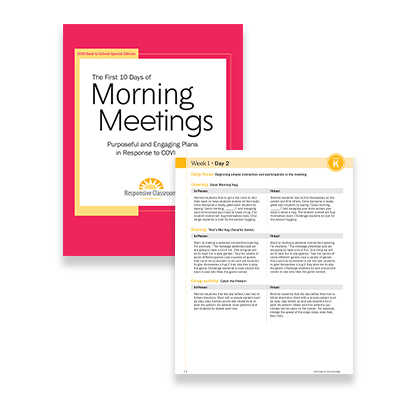Student’s voice is an essential part of building community.
Class meetings allow students the opportunity to share ideas, give feedback, and have input into class activity and classroom culture. It is also a space for the community to come together as one.
As long as there has been fire, communities all over the Earth have met in circles. Circles support culturally responsive pedagogy as they are grounded in indigenous practice. Coming together as a class to check in, discuss ideas, share opinions, problem solve, or enjoy a collaborative game, helps build a student-centered community where kids feel valued and heard.
“The Circle has healing power.
In the Circle, we are all equal.
When in the Circle, no one is in front of you.
No one is behind you.
No one is above you. No one is below you.
The Sacred Circle is designed to create unity.”
~Dave Chief, Oglala Lakota~
When setting up your circle routine, there should be some clear rules or guidelines.
It is a good idea to have a talking stick or feather (or whatever significant object is chosen) to help facilitate and allow respectful turn taking. The talking object usually starts with the teacher or meeting facilitator (this role can alternate amongst students as they become more familiar with the routine and expectations of class meetings) and then travels clockwise around the circle.
When the talking object is held, the person is expected to:
-
speak honestly and from the heart
-
speak with respect for others
-
try not to speak at length
-
speak to issues of the circle
All circle members:
-
are respectful of all members of the circle (mutual respect)
-
listen attentively
-
speak kindly; no put downs
-
have the right to pass or participate


